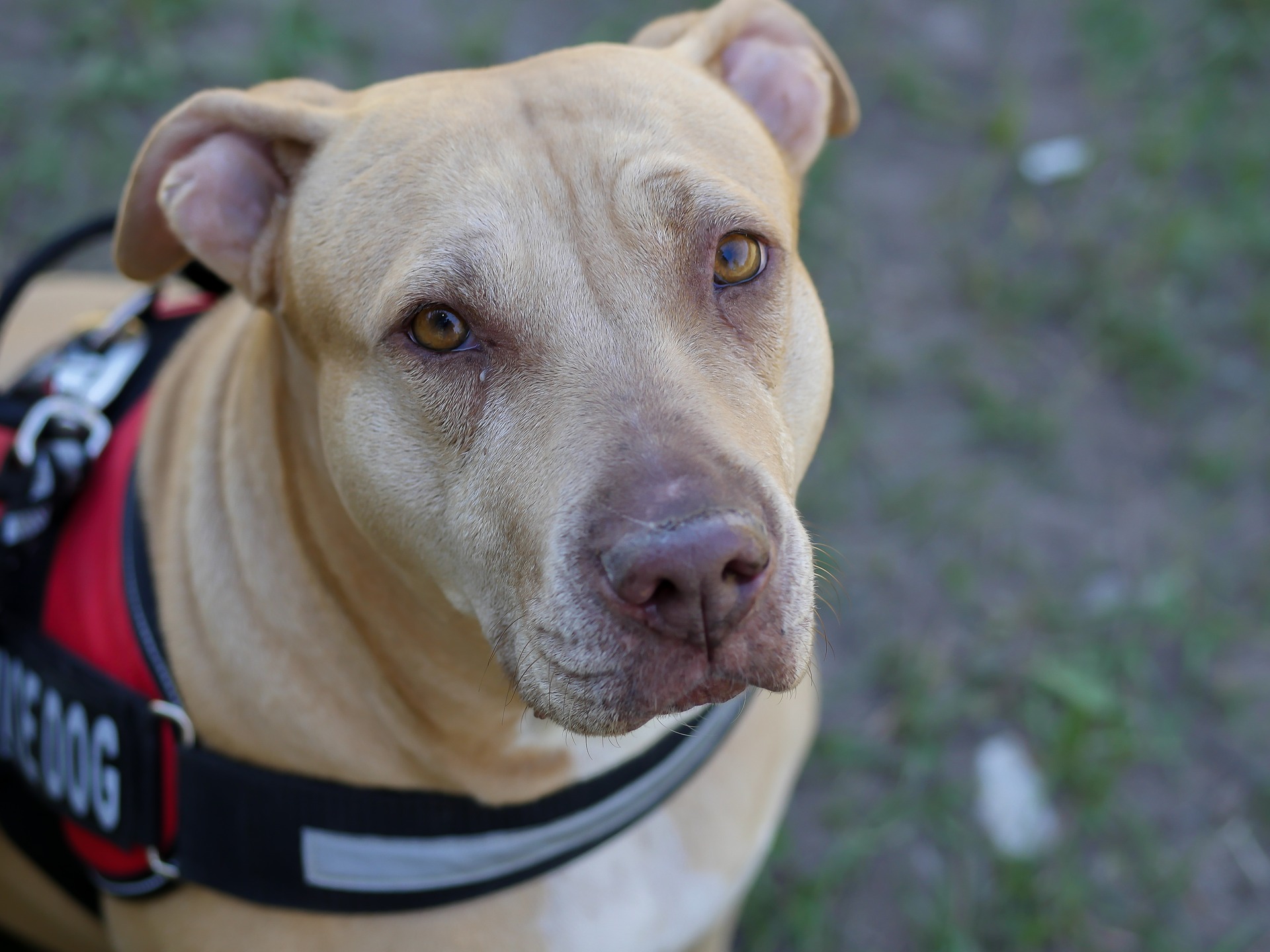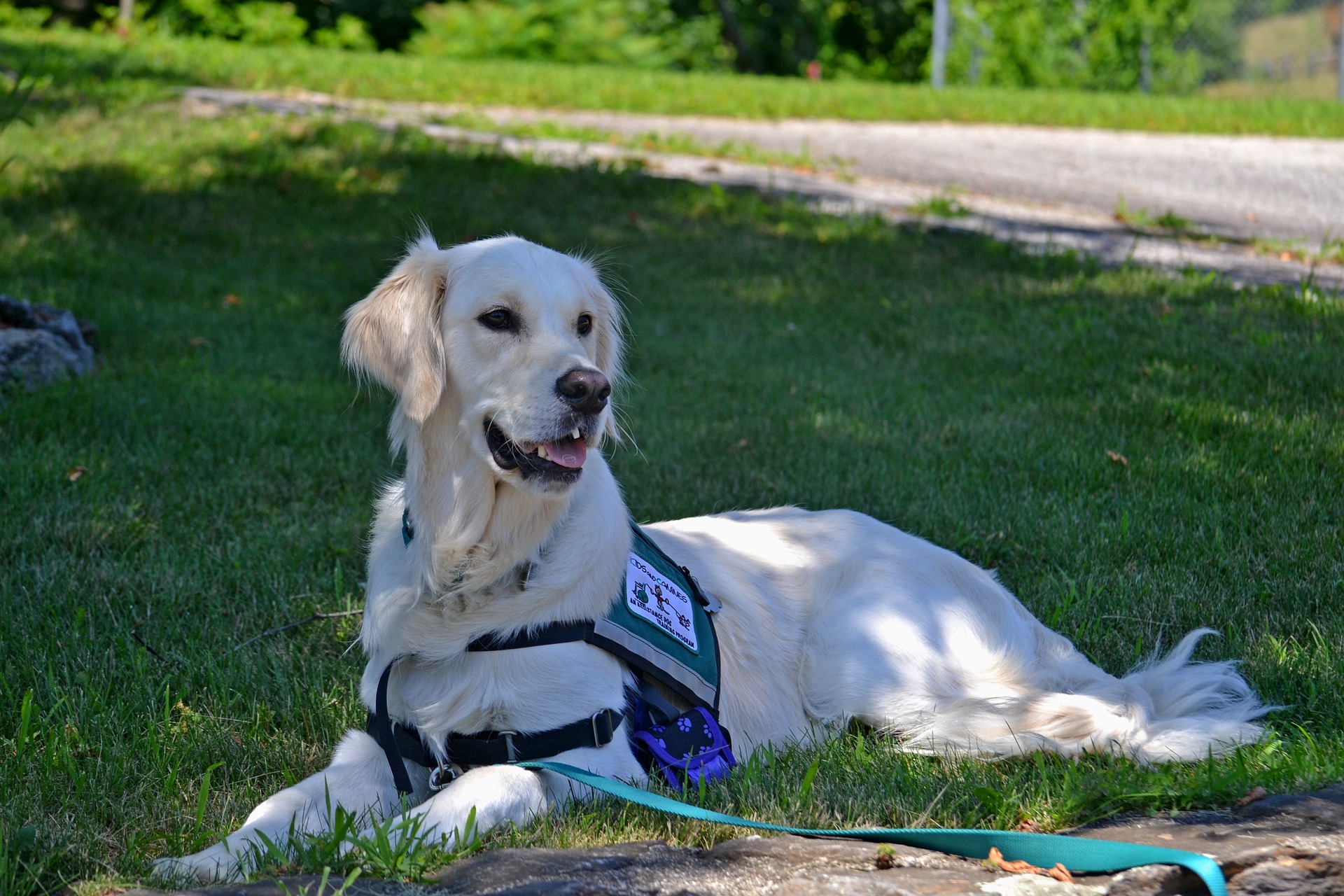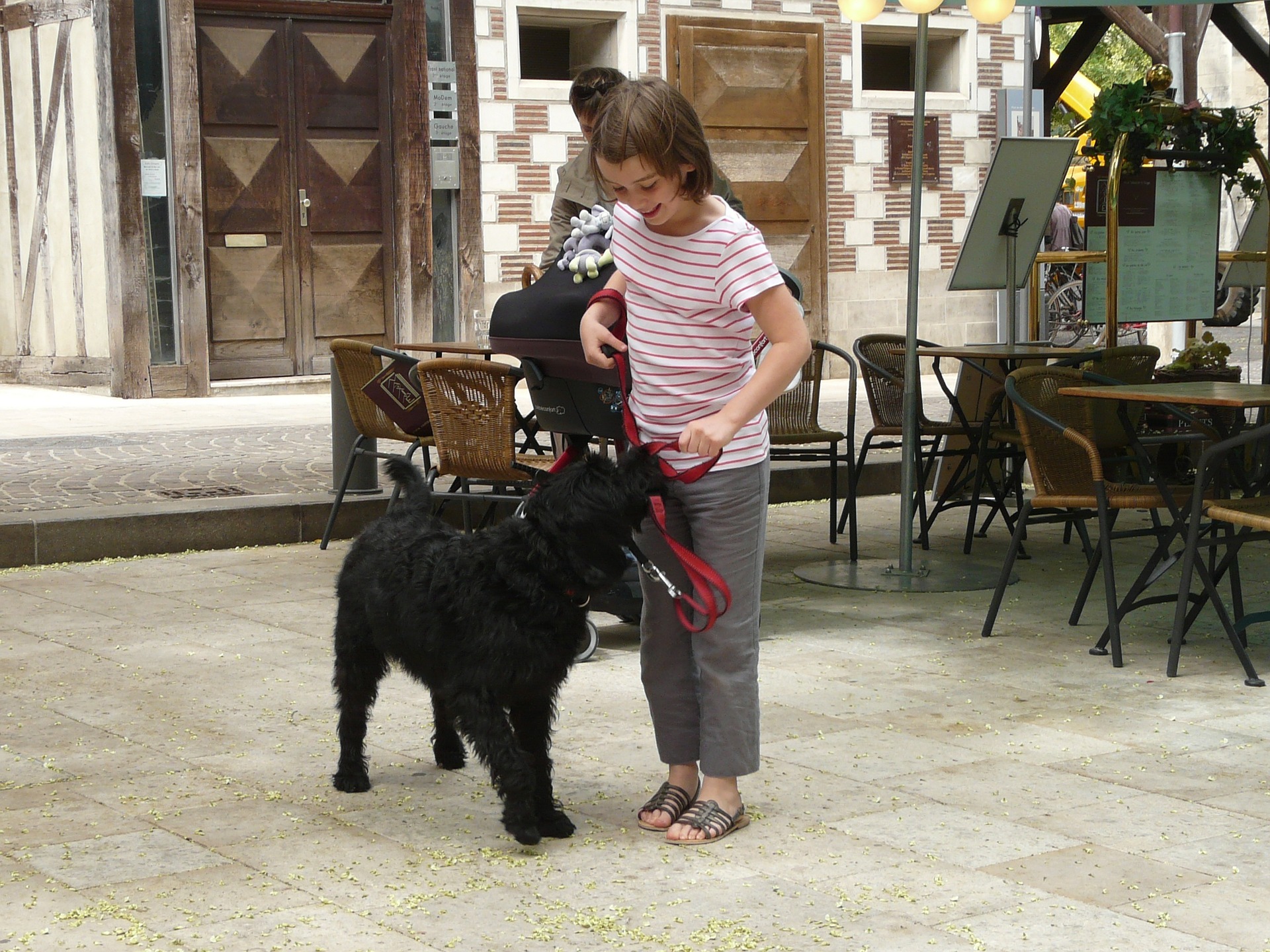
You might have seen one out and about with their owners in a supermarket or even a restaurant. If you see someone with a dog in the supermarket, don’t be a Karen by calling the manager because you’ll only embarrass yourself. Service dogs are federally allowed to accompany their owner wherever they go and they were trained for this. But, how much do you really know about service animals? Well, if the answer is not much, then don’t worry because we’ve got you covered. Read on to learn more about how men’s best friend can be your ideal companion if you suffer from a disability.
What is a service dog?
They are special animals that have been trained to perform tasks and work for people with disabilities. They can help with a wide range of functions depending on their training and specialty; they can help people physically, mentally or intellectually impaired people with their daily lives. The Americans with Disability Act (ADA) states that the purpose of service animals is to perform tasks and functions that their owner can’t perform on their own.

In a way, this allows disabled people to live a more autonomous life and be more self-sufficient; they don’t need the help of others as long as their companion is with them. They can help and accompany their owners in stores, restaurants, airplanes, to cross the road; anywhere the owner goes, the service animal is allowed, even in apartments that don’t authorize pets. You don’t have to worry about the law because it is on your side. Since they act as personal aids to people who are disabled, service dogs are protected by the law in most incidents and scenarios. Only dogs are recognized as official service animals and there is no size or breed limit for the dogs. However, realistically speaking, you wouldn’t want a chihuahua as your service dog if you are in a wheelchair, as it will create more of a hassle than actual help.
What is their use?
1. Hearing dog
They help people with hearing impairment in their day-to-day life, and they physically alert their owner of any sounds like fire alarms, a baby crying, alarm clocks, or even doorbells. When these service dogs hear specific noises, they touch their masters to alert them and guide them to that specific sound. These dogs can also be taught to respond to American Sign Language (ASL) and are especially training for people who suffer from hearing impairments.
2. Allergy service dog

Dogs have a more acute sense of smell than us, so these dogs focus on any things that their owners are allergic to and alert them if they are about to ingest them. They can detect anything that you might be allergic to, and they are usually used for children who are at school and are allergic to specif things like nuts or wheat. These dogs will sniff through the concealed lunch food or snack packet and make sure it doesn’t contain anything that their owner might be allergic to. They help prevent allergy attacks and are an added layer of protection for parents whose kids might have a lethal allergy.
3. Autism service dog.
These animals help their owner live a more independent life and provide them with companionship. The first autism service dog that was placed with a child was in 1997, and since then, they have been used as companions for autistic people of all ages. They allow their owner to live life and perform daily activities as autonomously as they want/can.
4. Guide dogs

They have been and are still used to help people who are visually impaired. They gained popularity during World War I after soldiers returned to the US severely hurt and needed these dogs to help them around. They help their owner do tasks that they wouldn’t be able to do without help, like crossing the road, boarding and moving on buses, entering and exiting elevators, and much more. These dogs are patient, not easily distracted and listen to the verbal commands of their owners.
5. Diabetic service dogs.
Again this is why they are universally known as men’s best friends. Thanks to their superhuman sense of smell, they can detect hypoglycemic changes in people’s bodies, which the average and even above average human can’t do. Because of this, they can alert their masters whenever they sense that they had a sudden shift in their blood sugar level before this worsens.
Remember, service dogs aren’t your average pets; if you find one walking alongside them, not whistle them or try to pet them, which will distract them from their duties. The best thing you can do when you notice a service dog is to just continue walking without paying them any interest. Sound off in the comments section below and tell us if you learnt anything new about service dogs.





